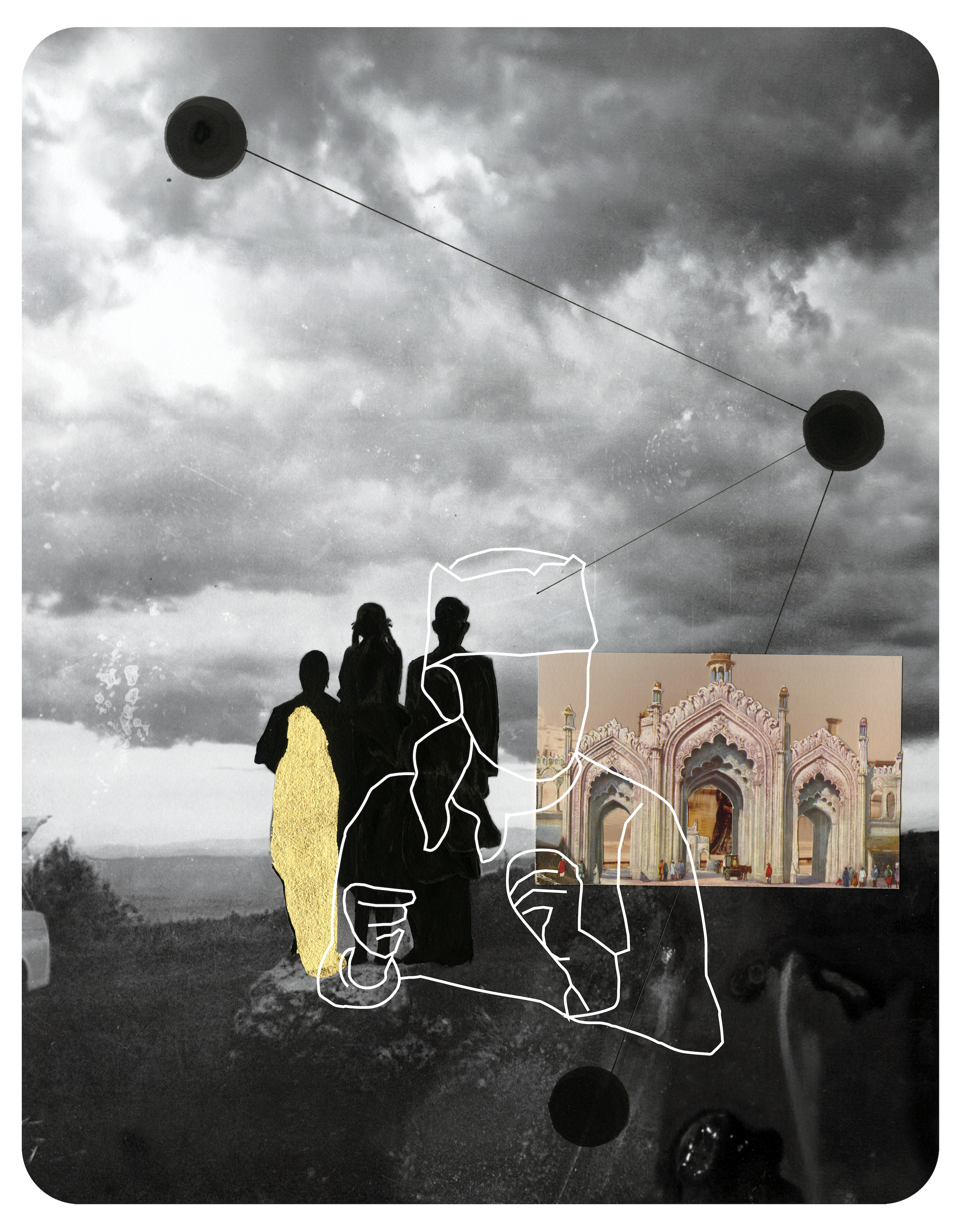Suture the detached pictures unravelling before us. From the series Unravelling, 2024 © Bindi Vora / Commissioned by UAL Decolonising Institute and National Museums Northern Ireland © Bindi Vora
Themed Back to the Future, the South London festival is expanding in scope and duration
“This year we’re thinking about artists going back into the past and trying to piece things together – where there are gaps in information or memory or narrative,” says Vivienne Gamble. “And we’re looking at rereading images, at not taking everything on surface level as it’s currently written.”
We’re discussing Peckham 24, the festival Gamble founded in South East London in 2016 with artist Jo Dennis. Traditionally taking place on the same weekend as Photo London – and now for the first time running beyond it until 26 May – it offers an uncommercial foil and, this year, many alternative readings of history. Drawing together work by 22 lens-based artists under the theme Back to the Future, the 2024 edition is a look at both personal memory and sociopolitical history – and as such a reflection on the uses and abuses of photography.
Gamble is artistic director of Peckham 24 and, with 2024 curatorial team Emma Bowkett and Iona Fergusson, plus Raquel Villar-Pérez, has organised 12 cutting-edge displays in Peckham’s sprawling Copeland Gallery. The programme includes many new and little-seen series, including two works in progress by Bindi Vora and Sunil Shah, both of which touch on their personal links with Uganda and its 1972 expulsion of South Asians. Shah’s 1969 draws on his wider project Uganda Stories and resists institutional archives and the documentary status of photography, for example, which he considers based on colonial logic. Working with his own family archives and found photographs, he uses colour to isolate details, and presents them without captions.
Vora is showing Mountain of Salt, which she started in 2020, a critique of images which pairs found photography with colour interventions and found phrases and language. Her new series, Unravelling, and the site-specific wallpaper Expressions in your histories, overshadow my memory, delve more closely into her personal history. Commissioned by UAL Decolonising Arts Institute’s 20/20 programme in partnership with Ulster Museum, this work sees Vora weaving together family photographs, 19th-century postcards, gouache, 24-carat gold, and ink, in a bid to locate herself within a culture that has sought to write her out.
“The UAL commission matches artists to museums, so that they can go into the museum collection and look for gaps or ask questions about what might be missing,” Gamble explains. “Bindi has been paired with Ulster Museum, so she’s looking at its collection but also her own past. She’s making really beautiful layered images, using the archive and inserting herself with her silhouette – they are gorgeous original objects, but it’s also an interesting proposition, looking at a wider history of colonisation and the British Empire.”
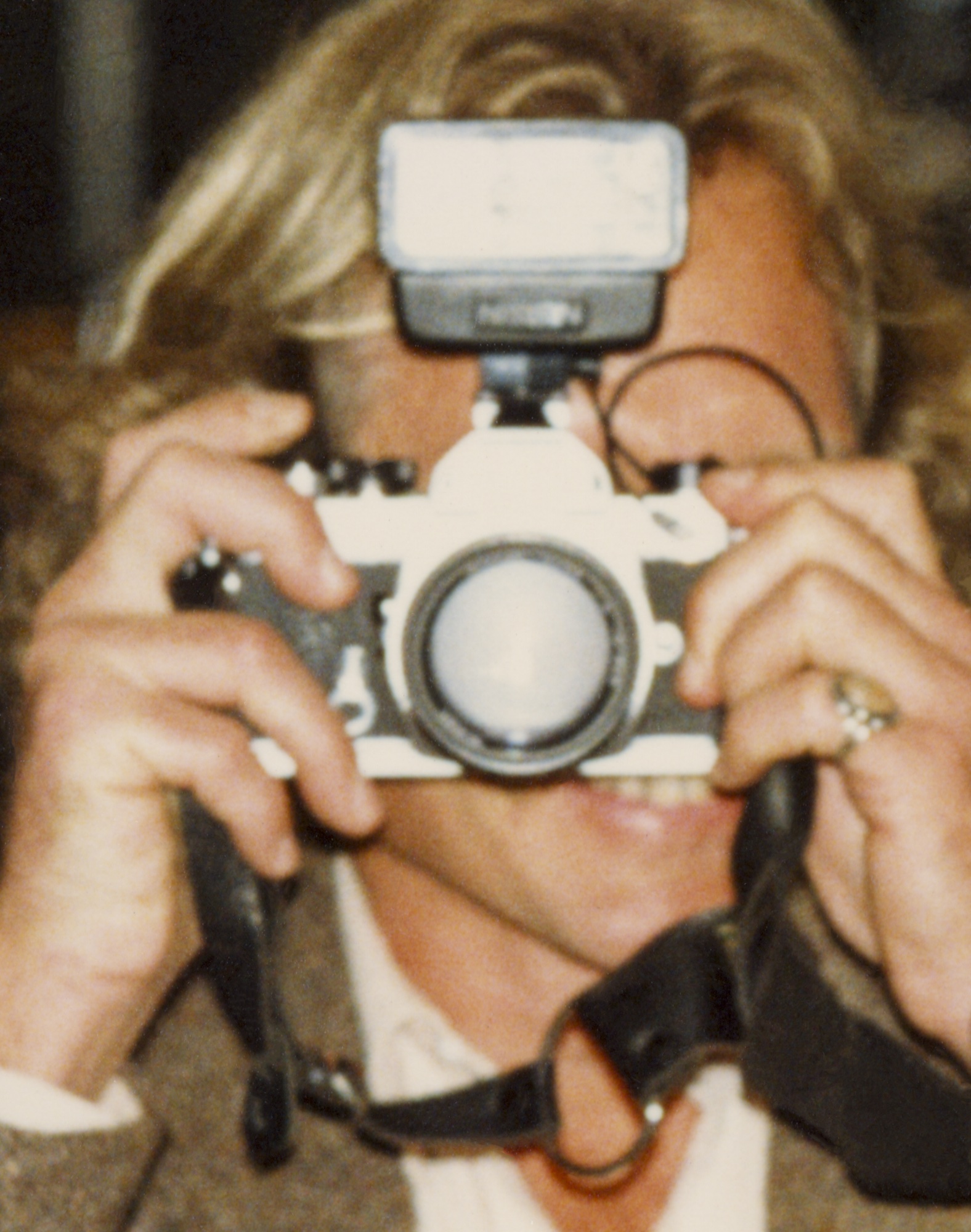
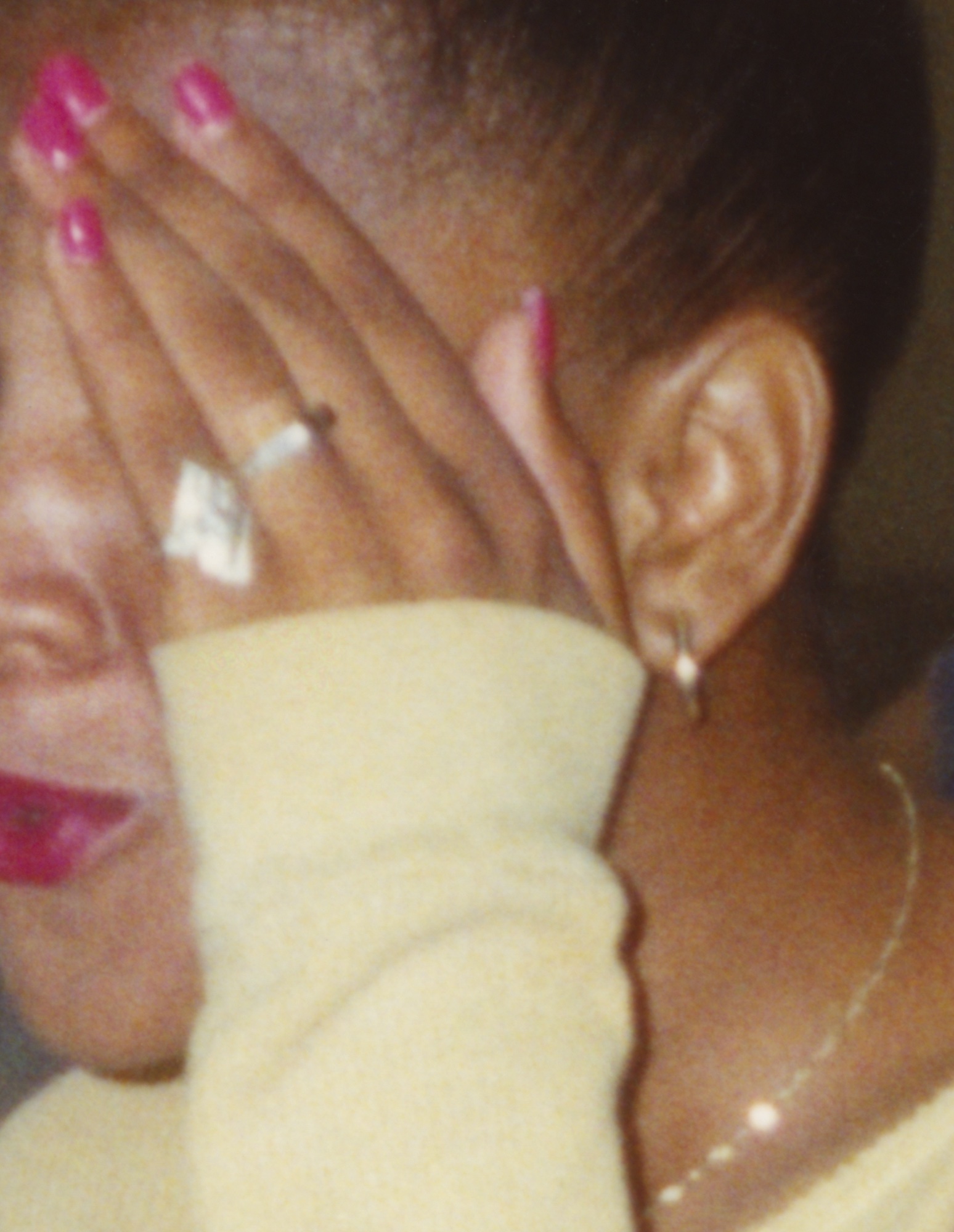
“This year we’re presenting work that encourages people to question or to think about what they are told”
Other exhibitions include Odette England’s epic archive project Woman Wearing Ring Shields Face From Flash, a collection of images assembled over the last five years showing women evading cameras; men wielding them (or sometimes guns); and images of still lifes and gesturing hands. A deceptively simple proposition, this project neatly demonstrates the violence inherent in ‘taking’ or ‘shooting’ a photograph, a dynamic author and photographer Teju Cole has identified with the wider colonial project.
Eleonora Agostini draws on elements of control in A Study on Waitressing, combining photographs of ‘correct’ deportment taken from catering manuals with her shots of the effects of such poses on her mother’s body. Amin Yousefi uses archive photographs of demonstrations in the 1978/79 Islamic revolution in Iran in Eyes Dazzle as They Search for the Truth; Yousefi creates a series of portraits by zooming in to people who were shot looking directly at the camera. Showing the individuals who make up any mass movement, his work also questions the role of the camera – in shaping grander historical narratives and also in surveilling citizens.
Alba Zari’s Occult invokes photography’s power via her own story; she lived in the Children of God cult until she was four years old, and investigates the group’s grip on her grandmother and mother (and many more people) via family photos, the Children of God’s promotional shots, and a step-by-step breakdown of ‘flirty fishing’, in which young women were used to attract new recruits. Zari has added her own images of yoga and tantra retreats to this material, questioning Western spiritual tourism and exoticised searches for meaning. “Her family’s experience obviously had ramifications through all their lives,” Gamble notes. “Through this work Alba is trying to understand: What was the advertising the cult used? How do you get pulled into that world? How can you reread those images?”
Elsewhere, Peckham 24 gathers work by artists who restage history or create alternative narratives. Laura Chen creates a story based on a pulp-fictionesque detective in Being Framed, for example, while Lina Geoushy reenacts lost women from Egyptian history in Trailblazers. In and then I ran, Emi O’Connell re-enacts the experiences of her grandmother, who as a young woman escaped one of Ireland’s notorious mother and baby homes. Since subject to major revelations and scandals, these institutions were once places known largely through rumour. The shadowy tales around them were “like ghost stories”, notes Gamble, who grew up in Northern Ireland.
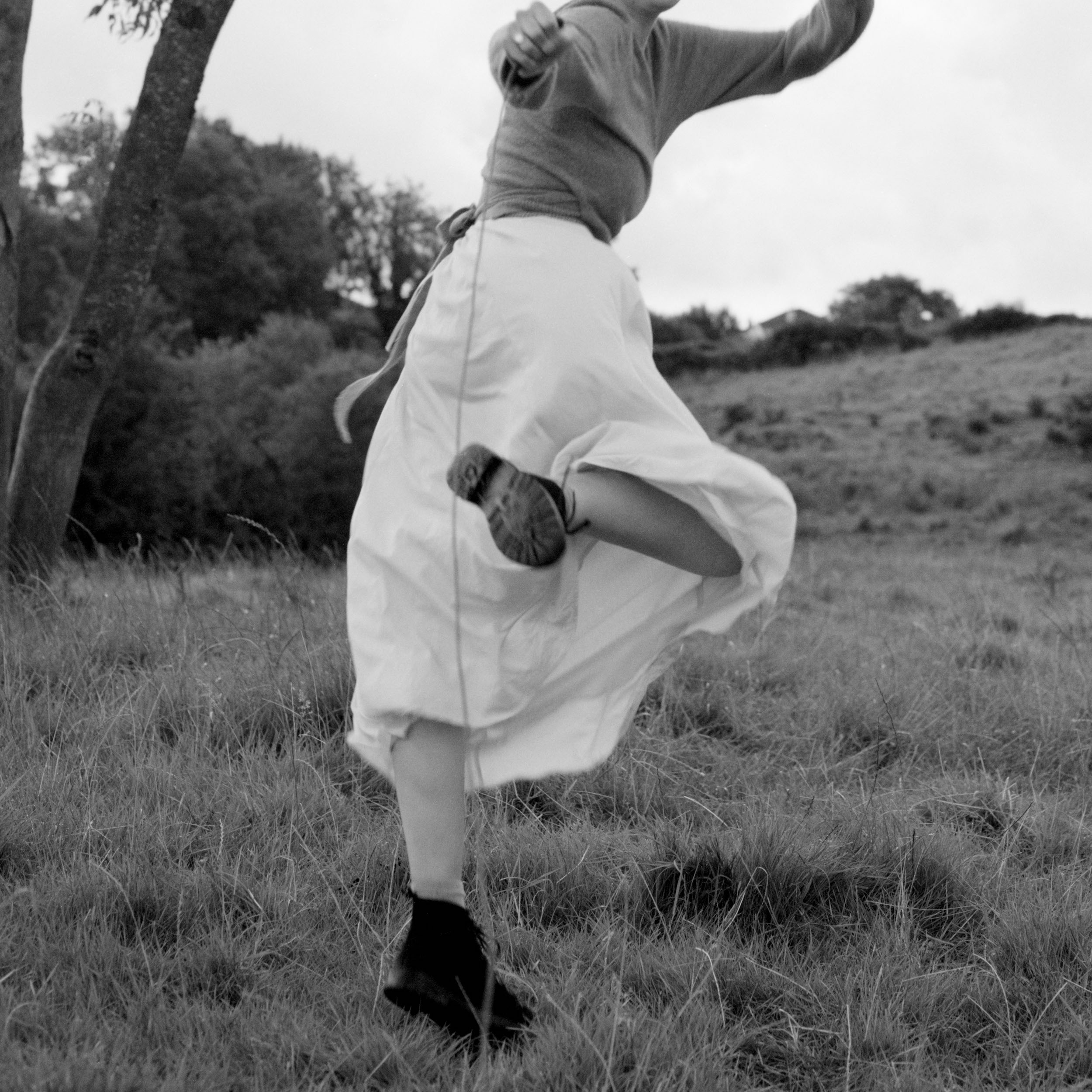
There is also a new work by Jermaine Francis titled Once Upon a Time, which draws on material held in the Bodleian Library at the University of Oxford. Francis considers holdings relating to the Anglican Church’s missionary activities, including a so-called ‘slave Bible’ which removed the concept of freedom. Meanwhile, Samantha Box’s Caribbean Dreams: Constructions focuses on the present day, creating collages using still lifes of objects, heirlooms, fruit, and vegetables pointing to both global trade and multiculturalism. Gamble hopes Box’s work will resonate in Peckham, an area with a large Afro-Caribbean population.
Peckham 24 is also venturing further into its neighbourhood this year with screenings at the local Peckhamplex cinema. Rachel Maclean’s deepfake short DUCK will be shown there, a spoof on Hollywood thrillers, film noir, Sci-Fi and video games. It ostensibly features Marilyn Monroe, Sean Connery and other classic Bond star, but every actor was actually played by Maclean, then transmuted via voice and image AI. A weird and wonderful feast, DUCK will hopefully lure in a few families in the venue to watch the kids films, chuckles Gamble, because Peckhamplex is a much-loved local hangout.
DUCK is screening on 24 May because Peckham 24 is expanding this year: rather than its initial 24 hours, it will now be spread over two weeks. And, from 08 June to 31 August, works from eight of the featured artists will travel to Impressions Gallery in Bradford, expanding its geographical reach. Peckham 24 is expanding its book fair too. Initially launched in 2022 as A Very Small Book Fair, it is now taking over a huge warehouse in the Copeland estate and has been rebranded A Bigger Book Fair.
The event will include 65 tables hosting publishers, organisations, and artists with self-made books (Bluecoat Press, BJP’s sister company, will be there), plus performances and two publication-adjacent exhibitions. Sara Knelman will share images from her Lady Readers collection, for example – found photographs of women with books – while Duncan Poulton will share Imagine What We Can Do Tomorrow. An alternative reality in which the Millennium Bug really had taken down all computers, Poulton’s work is assembled from online images, and installed with plenty of cod-futuristic tinfoil.
“It’s another one where the imagination has sort of run wild,” says Gamble. “I love it. The expanded book fair is a brand new thing and, as with the Peckhamplex screening, I’m not 100 per cent sure how it will play out. But I’m really excited about both because they add new elements to Peckham 24 – other ways of looking at photography, the book, the lens, the moving image.”
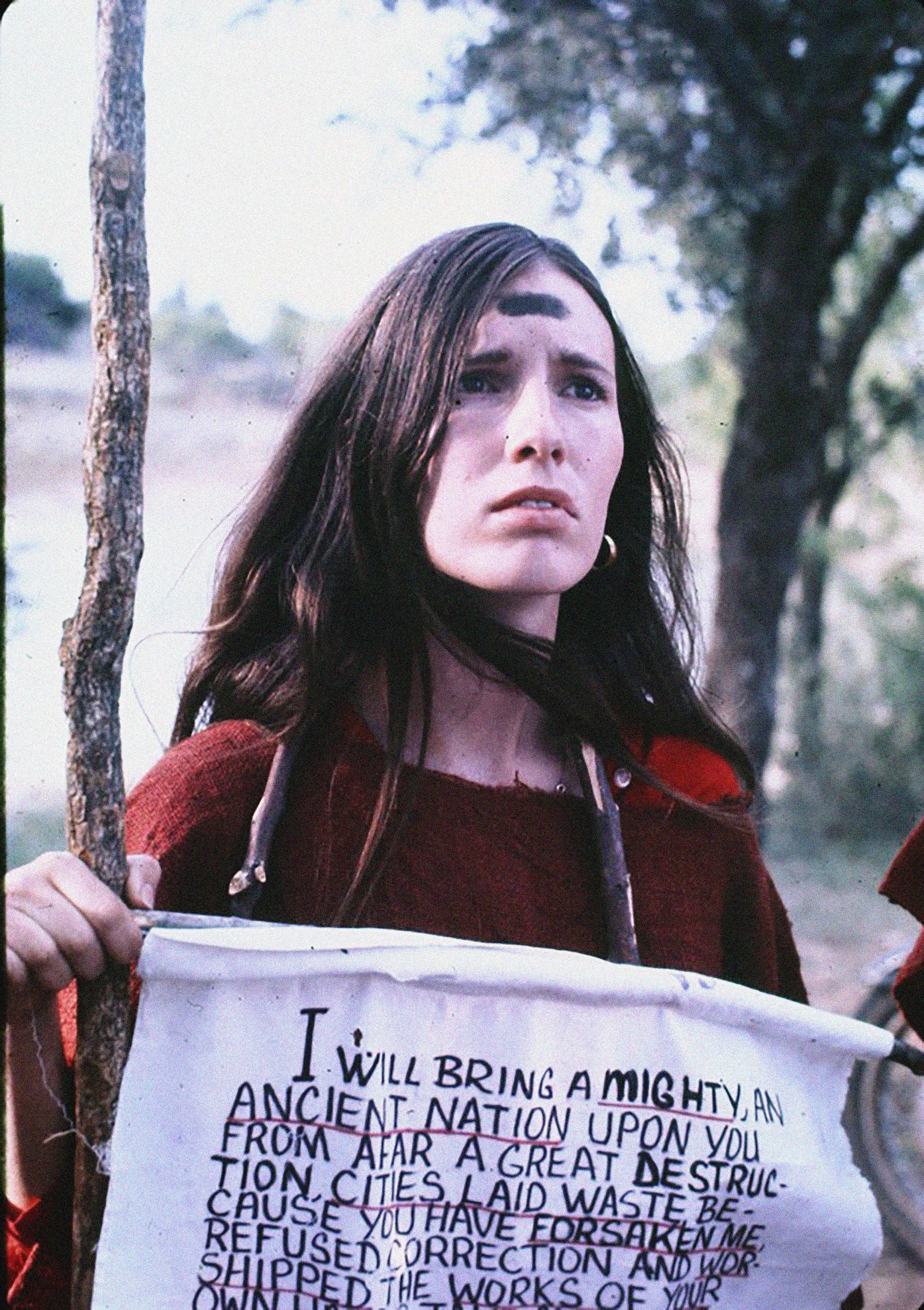
As in 2023, Peckham 24 is teaming up with the V&A Parasol Foundation Prize for Women in Photography, hosting the four winners, who come from different generations and with varied practices. There’s Nigerian-born, London-based Aisha Olamide Seriki, for example, who is currently studying at the RCA, but there’s also US documentary photographer Nancy Floyd, who has recorded her own life for the last 42 years. Silvia Rosi, born in Italy and living between the UK and Togo, is showing work around the Mina language, while LA-based artist Mia Weiner will present some of her hand-woven tapestries.
There are other shows besides, including an exhibition of Chinese artists Willian Zou, Wing Ka Ho Jimmi, Yasmine Anlan Huang, and You Liang, curated by Charlotte Yao in the AMP Gallery. There is also a busy events programme, in which many of the featured artists will speak. Some of these talks will be hosted and recorded by Gem Fletcher, whose The Messy Truth podcast will provide a longer-lasting home for otherwise ephemeral events.
Peckham 24 is spreading beyond its initial timeframe and location – so much so its name may become a historical artefact (it already provides an explainer on its website). But then Gamble studied history before getting into photography and for her, thinking about the past has long been a route to new insights. “I studied World War Two and the Cold War, and I come from a place of conflict,” she reflects. “I remember feeling so disheartened by the cycle of war – by the feeling that, as an individual, you can’t do anything to stop violence.
“Now I hope I can make a contribution through photography. This year we’re presenting work that encourages people to question or to think about what they are told. I hope people will consider histories that haven’t been properly narrated, or have somehow been forgotten.”
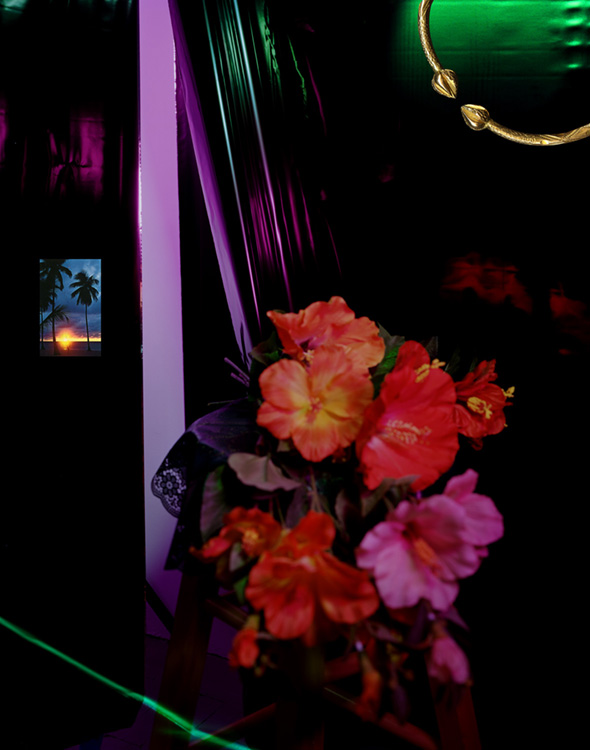
Peckham24 is open 17-26 May (except 21 and 22 May); A Bigger Book Fair is open 17-19 May www.peckham24.com

